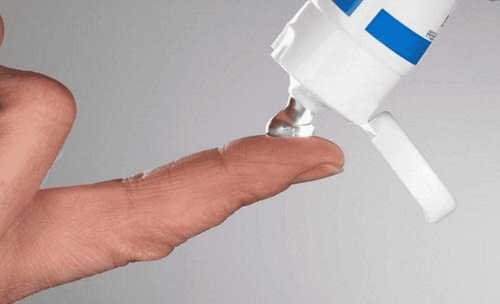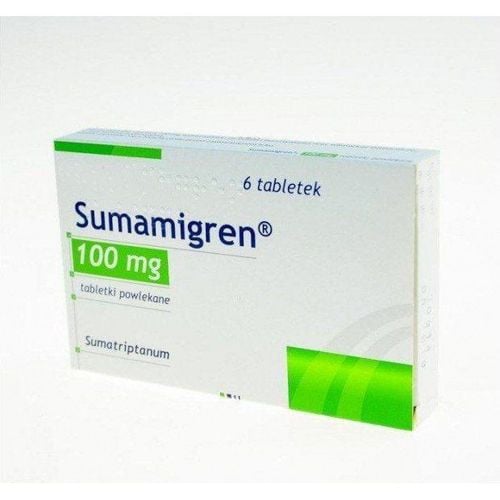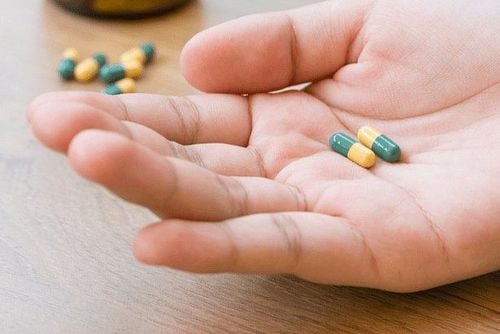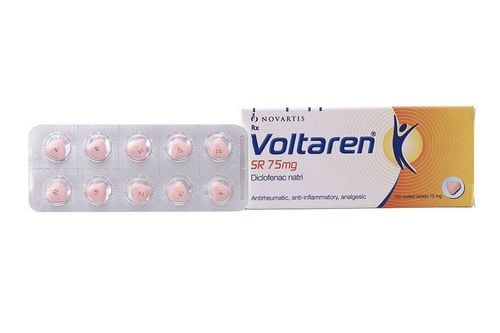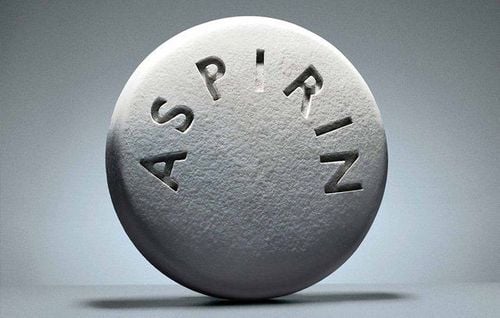This is an automatically translated article.
Kelarole is a prescription drug, belonging to the group of non-steroidal anti-inflammatory drugs. So, specifically, how does the drug Kelarole work and how does it work? The following article will provide more information about the drug Kelarole.
1. What is Kelarole?
Kelarole is a non-steroidal anti-inflammatory drug (NSAID). Kelarole is prepared as a solution for injection, with 1 ml glass bottles, each containing 1 bottle of intramuscular/intravenous solution.Kelarole drug is made up of the main active ingredient is Ketorolac trometamol 30mg and other excipients, distilled water just enough solution for injection 1ml. Ketorolac helps inhibit the production of prostaglandins, a type of lipid present in the muscles responsible for pain and inflammation, thereby helping to reduce pain and inflammation.
2. What does Kelarole do?
Kelarole has the active ingredient Ketorolac trometamol. This is an active substance with the same molecular structure as indomethacin and tolmetin. Ketorolac helps inhibit prostaglandin synthesis, thereby reducing pain receptors in damaged muscle tissue. This medicinal substance helps relieve pain, anti-inflammatory, hypothermia; However, evidence and clinical studies show stronger pain relief than anti-inflammatory.
Kelarol is a form of medicine with good analgesic and moderate anti-inflammatory properties, used to replace drugs of the opioids or non-steroidal anti-inflammatory drugs.
Kelarole 30mg is indicated for use in the following cases:
Patients with moderate to severe pain after surgery Patients with acute musculoskeletal pain The duration of treatment and use of Kelarole is short, within 5 days. Like other non-steroidal anti-inflammatory drugs, Kelarole is toxic and can be harmful to patients taking high doses or becoming dependent on the drug.
3. Usage of Kelarole
3.1. How to use Kelarole For the drug Kelarole, users use it by intramuscular or intravenous injection. Using the active ingredient Ketorolac, the starting dose is injection, but after 5 days another painkiller must be used, due to the risks and potentially harmful toxicity that Ketorolac brings.
When using, break the glass end of the 1ml Kelarole injection vial, then remove the injection solution from the vial using the syringe. Disinfect skin surfaces and tools before use. For intravenous doses, push the syringe slowly and inject for at least 15 seconds. For intramuscular doses, the injection should be slow and deep into the muscle.
3.2. Dosage of Kelarole Kelarole is indicated for use in adolescents and adults, aged 16 to 64 years. The recommended dose for Kelarole is as follows:
For the usual adult dose: People aged 16 to 64 years, weighing more than 50 kg and normal renal function: 1 dose of 60 mg intramuscularly or intravenously from 1 30 mg, up to 4 doses a day.
People under 50 kg and/or impaired renal function: 1 dose of 30 mg intramuscularly or intravenously 1 dose of 15 mg, up to 4 doses per day.
For the usual dose in the elderly: This subject is indicated to use the same dose as the person under 50 kg and/or impaired renal function
3.3. Treatment when forgetting, overdosing Overdose:
When using high doses of Kelarole or taking an overdose, it can cause abdominal pain and gastrointestinal ulcers. Strong prostaglandin inhibitory reactions can reduce renal flow, causing impaired renal function.
Treatment of overdose:
Overdose Kelarole has no antidote. The patient needs symptomatic treatment. Please contact the emergency number 115 or immediately take the patient to the nearest medical facility for timely treatment.
3.4. Contraindications to Kelarole Patients with known hypersensitivity to Ketorolac or any form of non-steroidal anti-inflammatory drug. Patients with a history of gastrointestinal disorders, such as peptic ulcer disease, gastrointestinal bleeding Patients with coagulopathy, easy bleeding, vascular bleeding Patients with moderate or severe renal impairment patients with respiratory disorders, such as angioedema, bronchospasm,... Women who are pregnant or breastfeeding Children under 16 years of age
4. Notes when using the drug Kelarole
4.1 Side effects of Kelarole When using Kelarole, patients may experience unwanted side effects on the following organs:
Side effects in the central nervous system such as headache, dizziness, Drowsiness Digestive system: Patient may experience nausea, dyspepsia, abdominal pain, diarrhea Systemic reactions such as edema, fatigue, sweating Probability of acute renal failure or hyperkalemia 4.2 Interactions Kelarole Concomitant use of Kelarole with diuretics, as well as other classes of non-steroidal anti-inflammatory drugs, may increase the risk of secondary renal failure. Concomitant use of nonsteroidal anti-inflammatory drugs such as Kelarole with lithium can May decrease the clearance of lithium, increase the blood lithium. This leads to lithium toxicity in the body. Concomitant use of Ketorolac with probenecid reduces its clearance and increases plasma concentrations. 4.3 Storing Kelarole Store Kelarole 30mg in a dry, well-ventilated place. Store unused medicine in a sealed container, do not place heavy objects on it because it is a glass bottle containing the solution. Storage temperature for Kalerole medicine is at room temperature, below 30 degrees Celsius. Absolutely do not place in a place where children can Kelarole is a prescription medication, specifically intended for use intramuscularly and intravenously for the relief of moderate to severe pain. The drug can only be used within 5 days. Patients should follow the instructions of the treating doctor, read the instructions carefully before taking Kelarole.





